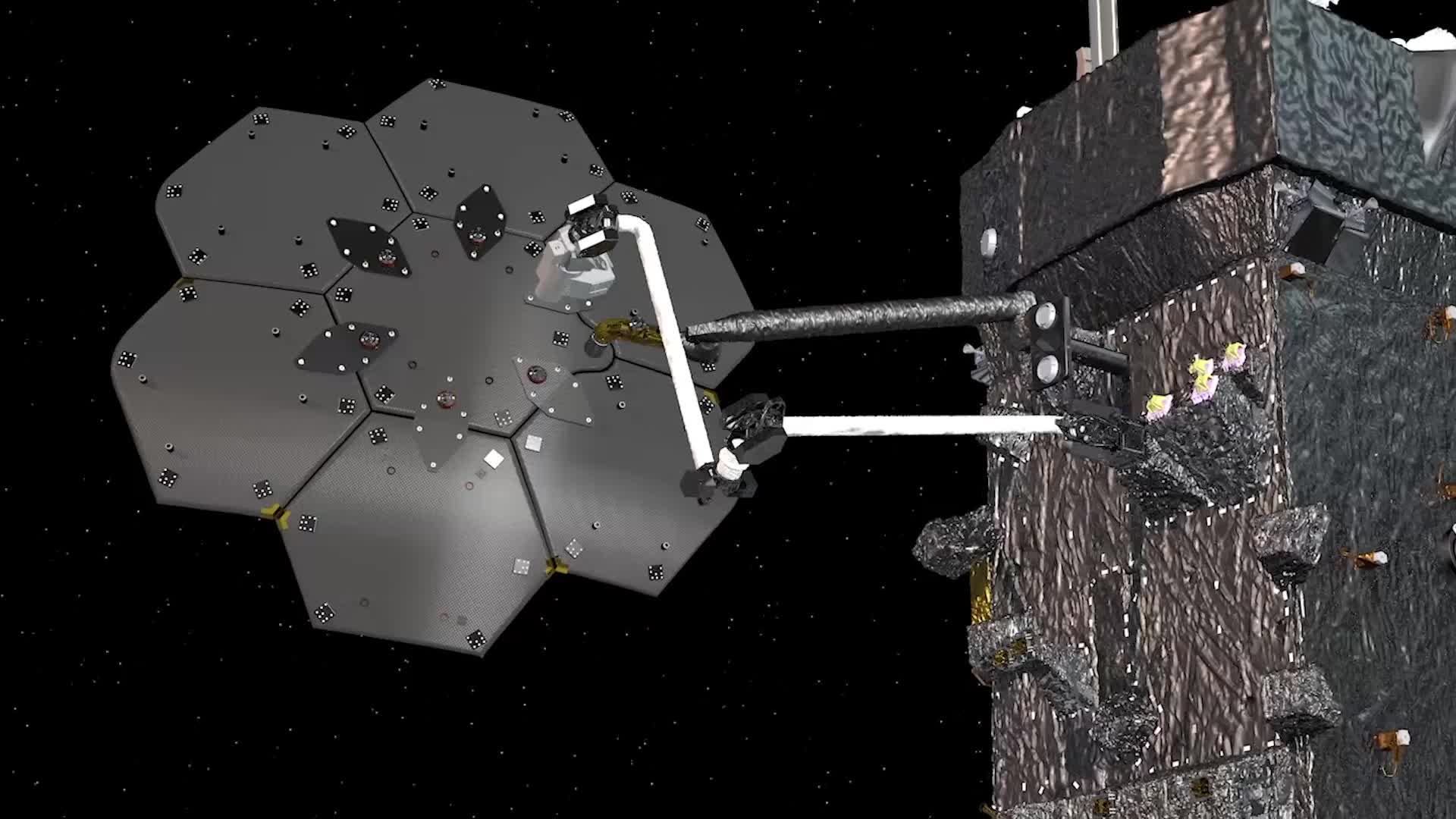
NASA announced it will contract Colorado company Maxar Technologies to develop a system for robotically assembling spacecraft parts in low-Earth orbit. The aim is to use new technology to both manufacture parts such as a spacecraft beam and to assemble parts such as a communications antenna, all while floating in orbit a thousand miles above the planet.
The manufacturing and assembly will take place on NASA’s Restore-L spacecraft, an upcoming mission that aims to extend the lifespan of satellites even if they weren’t originally designed to be serviceable. This should help make satellite operation more efficient, and should also lessen the problem of space debris caused by discarded and inactive satellites floating around in space.
Included on the Restore-L spacecraft, to be launched in 2023, is a tool called the Space Infrastructure Dexterous Robot (SPIDER) which has a 16-foot robotic arm that can assemble parts of the communications antenna. For the manufacturing part of the mission, SPIDER will create a 32-foot lightweight composite beam using Tethers Unlimited’s MarkerSat technology which manufactures two-by-fours to create the basis of large space structures.
This is part of NASA’s project to commercialize low-Earth orbit and to build partnerships with private companies to make space exploration more affordable. With an increasing demand for satellite servicing and manufacture, doing these things in orbit would save money and time that currently goes toward launching payloads aboard rockets. It will also be useful for supporting manned missions to the moon or to Mars, as well as for servicing and upgrading space telescopes like Hubble or the upcoming James Webb Space Telescope.
“In-space assembly and manufacturing will allow for greater mission flexibility, adaptability, and resilience, which will be key to NASA’s Moon to Mars exploration approach,” Brent Robertson, project manager of Restore-L at NASA’s Goddard Space Flight Center, said in a statement.
Jim Reuter, associate administrator of NASA’s Space Technology Mission Directorate, agreed: “We are continuing America’s global leadership in space technology by proving we can assemble spacecraft with larger and more powerful components, after launch. This technology demonstration will open up a new world of in-space robotic capabilities.”



